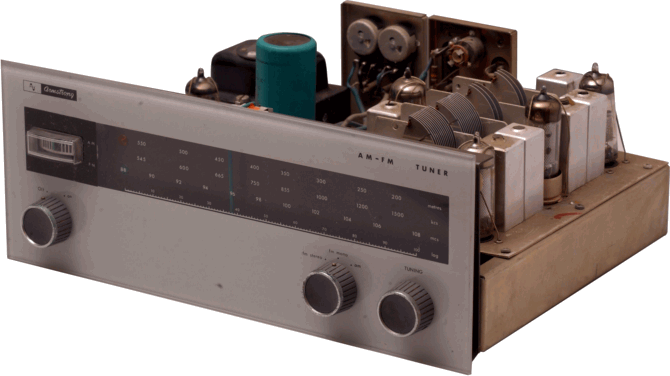

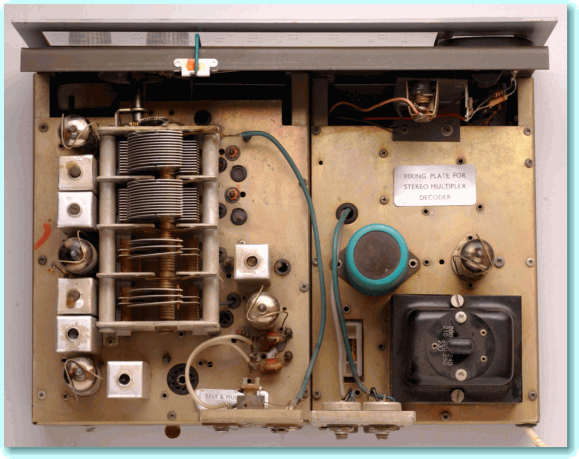
Specifications for 200 range tuners
| ||
| Property | AM Tuner | FM Tuner |
| Coverage | 500 - 1650 kHz | 87 - 108 MHz |
| Sensitivity | 7 microV for 20dB SNR | 2 microV for 20dB Quieting |
| IF frequency | 430 kHz | 10.7 MHz |
| IF Bandwidth | 2 kHz to 8 kHz (varies with signal level) | 220 kHz (-6dB points) |
| IF rejection | 60 dB | 60 dB |
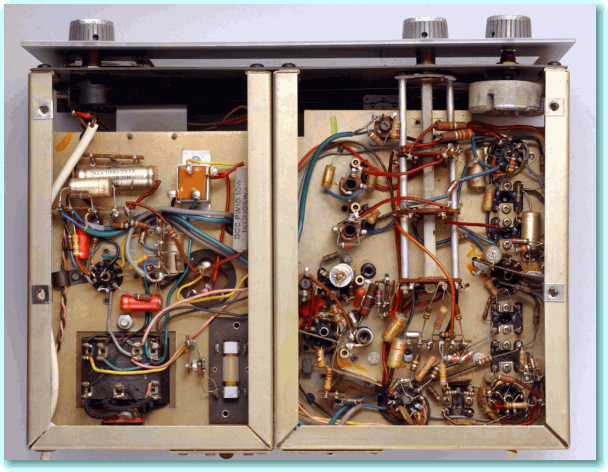
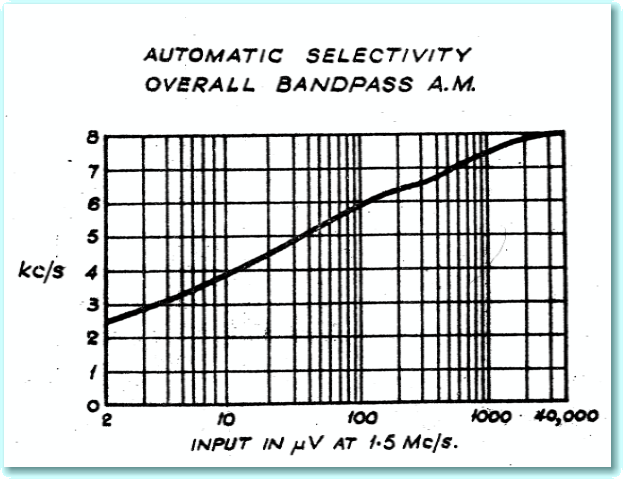
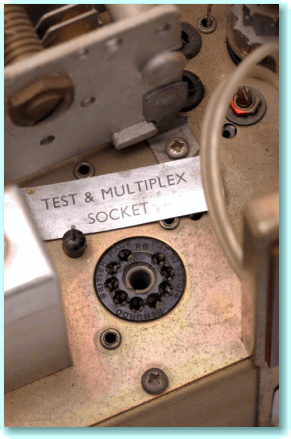
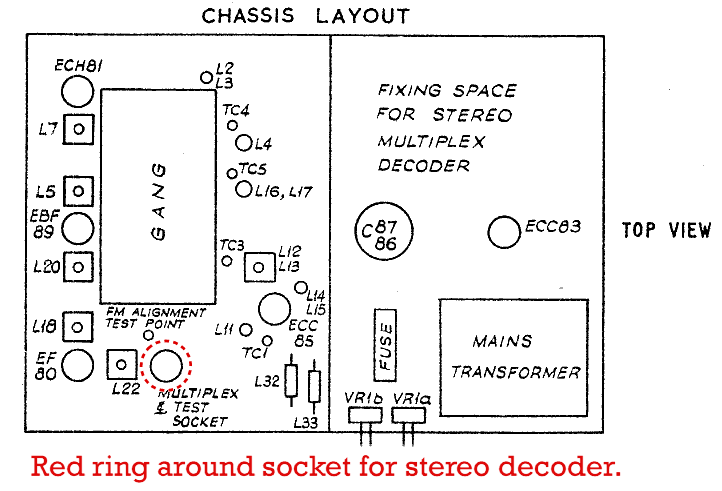
Specifications for M5 Stereo MPX decoder.
| |
| Frequency response | 40 Hz - 15 kHz +/- 1 dB |
| Channel separation | Better than 26dB at 1 kHz |
| Hum and Noise | -60 dB |
| Filters | 38 kHz, 40dB rejection |